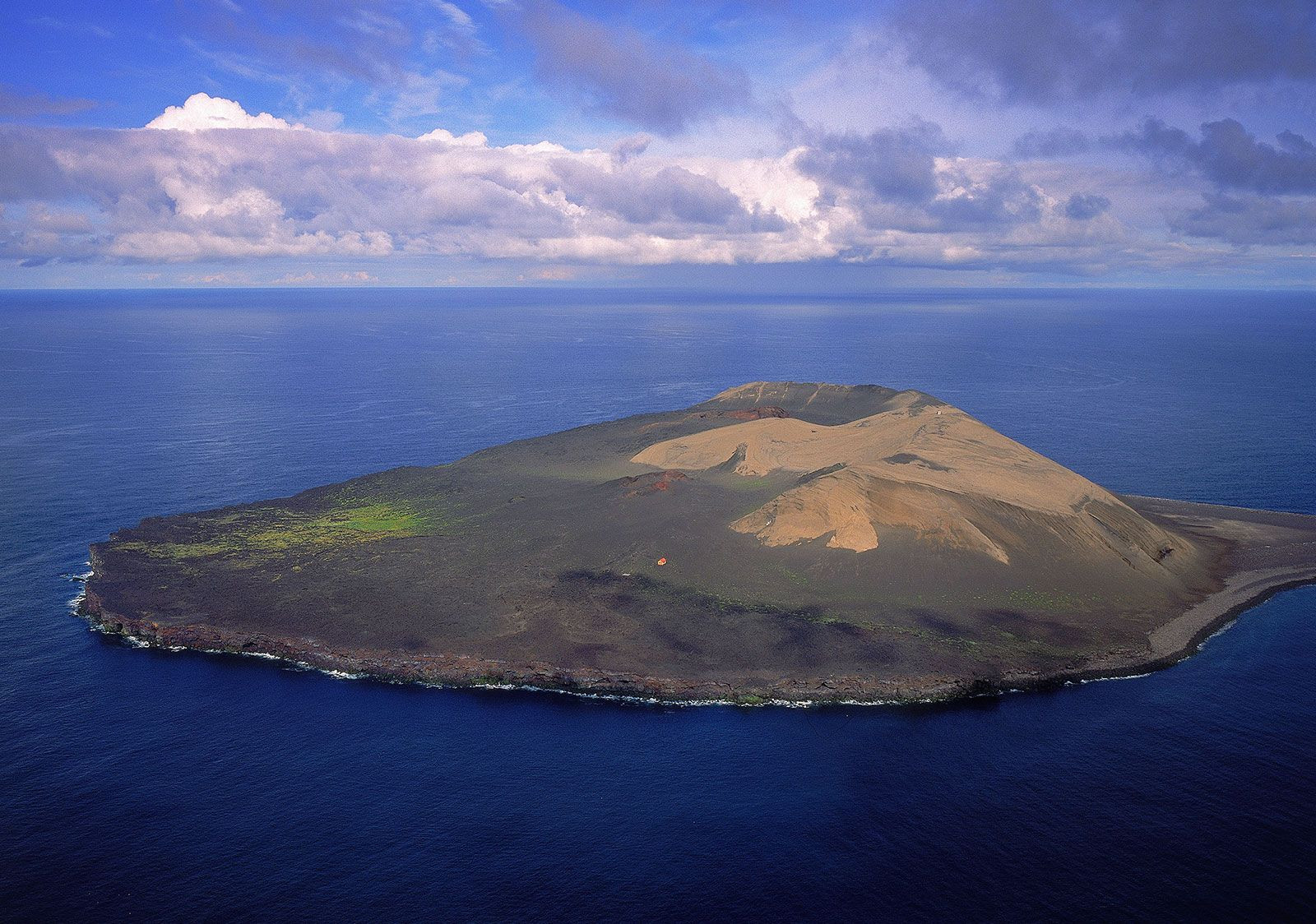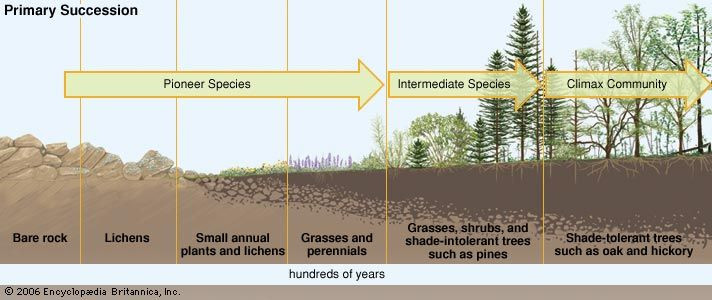Pioneer plants are the hardy trailblazers of the plant world, the first to establish themselves in barren, lifeless environments. These resilient species play a crucial role in ecological succession, paving the way for more complex ecosystems to develop. Understanding pioneer plants is key to grasping how life takes hold in seemingly impossible places and how nature rebuilds after disturbances.
What are Pioneer Plants?
Pioneer plants, also known as primary colonizers, are species that are the first to colonize previously disrupted or damaged ecosystems, beginning a chain of ecological succession. These environments can be drastically changed by events such as volcanic eruptions, glacial retreats, or severe wildfires, leaving behind landscapes devoid of life-supporting soil. Pioneer plants are uniquely adapted to survive and reproduce in these harsh conditions, where resources are scarce and competition is minimal. They are not just survivors; they are ecosystem builders, initiating soil formation and nutrient cycling that makes the environment habitable for other species.
Characteristics of Pioneer Plants
Pioneer plants share several key characteristics that enable their survival in extreme environments:
- Hardiness and Resilience: They can tolerate harsh conditions such as nutrient-poor soil, extreme temperatures, and high exposure to wind and sunlight.
- Rapid Reproduction: Pioneer species typically have short life cycles and produce large quantities of seeds or spores, facilitating quick dispersal and colonization.
- Efficient Dispersal Mechanisms: Their seeds or spores are often lightweight and easily dispersed by wind or water, allowing them to reach remote and isolated new habitats.
- Nitrogen Fixation: Some pioneer plants, like certain lichens and legumes, have the ability to fix atmospheric nitrogen, converting it into forms usable by plants, thus enriching the soil.
- Low Nutrient Requirements: They are adapted to thrive in soils lacking in essential nutrients, often being able to extract nutrients from bare rock or minimal organic matter.
Examples of Pioneer Plants in Different Environments
Pioneer plants are diverse and vary depending on the specific environment they colonize. Here are some prominent examples:
Volcanic Islands: The Story of Surtsey
Volcanic islands are prime examples of newly formed land devoid of life. Surtsey, an island that emerged from the Atlantic Ocean off the coast of Iceland in 1963 due to a volcanic eruption, provides a remarkable case study in primary succession.
Soon after its formation, Surtsey was colonized by pioneer plants such as:
- Sea Rocket (Cakile arctica): One of the first flowering plants to appear, sea rocket is adapted to coastal environments and thrives in sandy, disturbed areas.
- Sand Ryegrass (Leymus arenarius): This hardy grass is effective in stabilizing sand dunes and tolerates salty conditions, contributing to soil development.
- Oysterleaf (Mertensia maritima): Another coastal plant, oysterleaf is known for its succulent leaves and ability to grow in gravelly or sandy soils.
- Seaside Sandplant (Honckenya peploides): A creeping plant that forms mats on sandy beaches, helping to bind the sand and prevent erosion.
Over time, Surtsey’s plant life has diversified to include mosses and lichens, which are significant pioneer species in their own right. Even higher plants like dwarf willow (Salix herbacea) and tea-leaved willow (S. phylicifolia) have established themselves, demonstrating the progression of ecological succession initiated by these early colonizers.
Glacial Retreat Areas: Lichens and Mosses as Soil Builders
Areas left barren by retreating glaciers present another challenging environment for plant life. Here, pioneer species like lichens and mosses take center stage.
Lichens are composite organisms, a symbiotic partnership between a fungus and algae. They are incredibly resilient and can colonize bare rock surfaces. Lichens play a vital role as pioneer species through:
- Rock Weathering: They secrete acids that slowly break down rocks, releasing minerals essential for plant growth.
- Soil Formation: As lichens grow and die, their organic matter mixes with fragmented rock particles, initiating soil formation.
- Nutrient Enrichment: Some lichens can fix nitrogen from the atmosphere, adding this crucial nutrient to the impoverished environment.
Mosses are another group of early colonizers that contribute significantly to soil development. Similar to lichens, they produce acids that aid in rock breakdown and contribute organic matter upon decomposition, further enriching the nascent soil.
Other Pioneer Plant Examples
Beyond volcanic islands and glacial retreats, pioneer plants are found in various other disturbed habitats:
- Fire-affected areas: Fireweed (Chamerion angustifolium) is a classic example of a pioneer plant that rapidly colonizes areas after wildfires, taking advantage of the cleared space and nutrient release from ash.
- Disturbed soils: Many grasses and weeds are pioneer species in disturbed soils, such as construction sites or abandoned agricultural lands. These plants quickly cover bare soil, preventing erosion and initiating soil improvement.
The Importance of Pioneer Plants in Ecological Succession
Pioneer plants are fundamental to ecological succession. By modifying the harsh environment, they make it possible for subsequent species to colonize and thrive. The soil they help create, enriched with organic matter and nutrients, becomes more hospitable for grasses, ferns, and eventually, shrubs and trees. This process eventually leads to a more stable and diverse ecosystem known as a climax community.
In conclusion, pioneer plants are nature’s essential first responders in barren landscapes. From the sea rocket on volcanic islands to the lichens on bare rock, these resilient species are not only examples of biological adaptability but also key drivers in the creation and renewal of ecosystems. They embody the power of life to colonize and transform even the most inhospitable corners of our planet.


 Primary Ecological Succession Diagram: Illustrating the stages from bare rock colonization by pioneer species like lichens and mosses to a stable climax community over hundreds of years.
Primary Ecological Succession Diagram: Illustrating the stages from bare rock colonization by pioneer species like lichens and mosses to a stable climax community over hundreds of years.